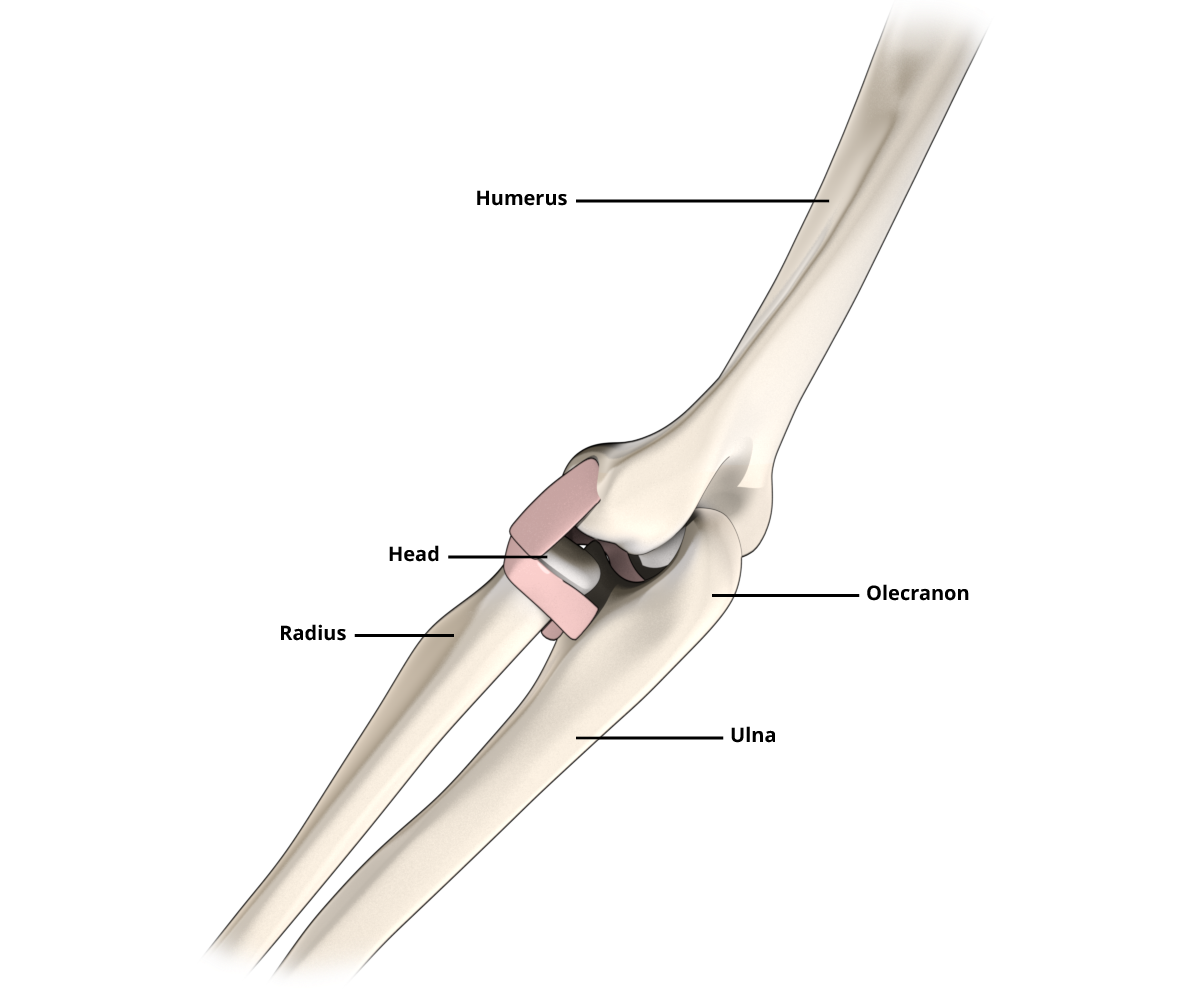
Elbow surgery
Our elbows ensure the mobility of our arms and are exposed to stress every day.
Elbow surgery deals with all complaints in the elbow area, there are both conservative and surgical measures to alleviate the problem.
Diagnosis
A correct diagnosis usually requires a clinical examination and questioning of the patient as well as a review of the medical history. During this examination, the doctor palpates the elbow joint and looks for possible swellings, malpositions or colour changes on the skin; the mobility of the joint can also provide initial indications as to whether a dislocation is present, for example. If fractures or broken bones are suspected, imaging examinations such as X-rays or computer tomography are used. Ultrasound, neurological examinations or an arthroscopy may also be used.

Causes
Causes of elbow pain can be of various origins. Elbow pain can be caused by overuse or repetitive movements, especially in sports or occupations that require repetitive movements of the arm, such as tennis, golf or typing. However, osteoarthritis can also be the cause, this can lead to pain, stiffness and swelling in the joint. Other possible causes are bursitis, fractures, dislocations or nerve compressions. Overall, the causes of elbow pain can be varied and treatment depends on the underlying cause and the severity of the problem.
Treatments
- Joint replacement (elbow prosthesis, partial and total replacement)
- Prosthesis changes and revisions
- Arthroscopic interventions (impingement, free joint bodies, tennis elbow, elbow stiffness)
- Open reconstructive procedures (tendon reconstruction, instabilities, compression syndromes)
- Autologous blood filtration (platelet-rich plasma, PRP)
- Extracorporeal shock wave therapy

